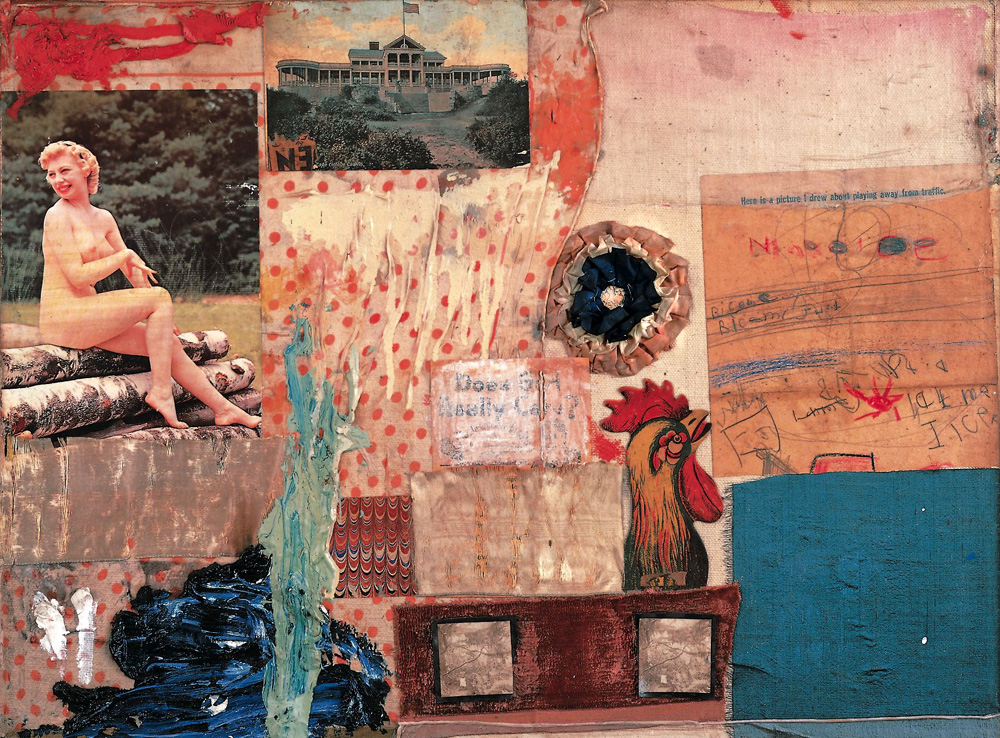Rachel Whiteread 'House'
Rachel Whiteread - 'House' Photograph by John Davies
Number 193 Grove Road used to be an unexceptional Victorian house in the East End of London. 'Mile End, E3 - 3 storey end of terrace Victorian house, 4 beds 2 receps, original features,' an estate agent might have described it. Extensively remodelled, improved beyond habitability, it has become both monument and memorial. It has become Rachel Whiteread's House: a strange and fantastical object which also amounts to one of the most extraordinary and imaginative public sculptures created by an English artist this century.193 Grove Road is no longer a home but the ghost of one perpetuated in art. It has no doors, no windows, no walls and no roof. It was made, simply (although the process was complicated, the idea itself was simple) by filling a house with liquid concrete and then stripping the mould - that is, the house itself, roof tiles, bricks and mortar, doors and windows and all - away from it. The result could be described as the opposite of a house, since what it consists of is a cast of the spaces once contained by one.
Edward Hopper
The House from Alfred Hitchcock's 'Psycho'
Walker Evans 'Billboards and Houses in Atlanta' (Georgia, 1936).
Evans was fascinated by the everyday. Things that were taken for granted in their day become strange portholes to another time. Evans had an eye for what would be interesting in the future. There is so much detail captured in this image - houses that have probably long since been demolished and movies no one remembers or watches anymore.
Walker Evans 'Movie theatre on Saint Charles Street, Liberty Theater
These image were taken during the great depression for the FSA (Farm Security Administration) to show America how many of the poorest lived.
As well as the outside of building Evans photographed the inside.
Walker Evan 'Barber shop Interior'
Walker Evans 'Interior Detail, West Virginia Coal Miner's House'
This image above is a found collage. Did the occupant use card board on the wall as cheap insulation or decoration. Maybe there is element of both. Evans noticed this aesthetic quality. It is reminiscent of the the Collage and Photomontage work of Robert Rauschenberg.
Robert Rauschenberg 'Retroactive I' 1964
Robert Rauschenberg
Robert Rauschenberg
In these images you can see Rauschenberg is finding strange juxtapositions, unusual compositions, found collages and using photography as tool for his paintings. They almost have an anti-atheistic and a sense of a dystopia or broken society. Rauschenberg comments that for him photography is “a kind of achaeology in time only, forcing one to see whatever the light of the darkness touches and care”.

















